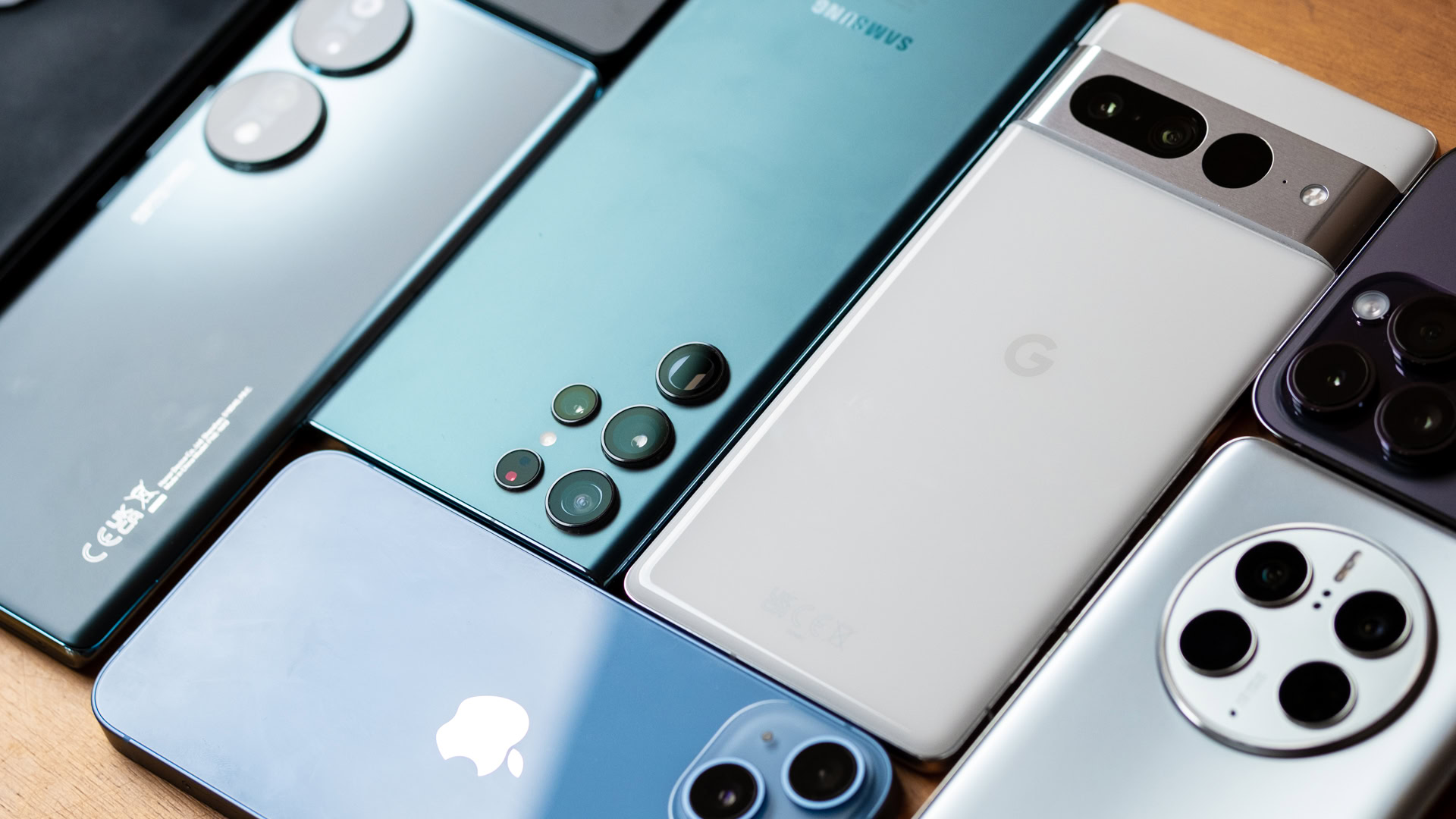
Introduction to Data Transfer Between Android Phones
Transferring data between Android phones is a common task. Whether switching to a new device, sharing files, or backing up data, knowing how to connect and transfer data is essential. This guide covers the entire process, including steps, requirements, and troubleshooting tips.
Requirements for Data Transfer
Operating System
Ensure your Android phone runs Android 6.0 (Marshmallow) or higher. Older versions might not support the latest features.
Storage Space
Check that both devices have enough free storage space. Large files like videos and apps can require significant space.
Wi-Fi Connection
A stable Wi-Fi connection is crucial. Both devices should connect to the same network for wireless transfers.
Battery Life
Both phones should have at least 50% battery life. Data transfer can be power-intensive.
Google Account
Sign in to a Google account on both devices. This helps with syncing contacts, apps, and other data.
USB Cable
For wired transfers, use a compatible USB cable that supports data transfer.
Transfer App
Install a reliable data transfer app like Samsung Smart Switch, Google Drive, or Xender.
Bluetooth
Enable Bluetooth on both devices if you prefer a wireless transfer method.
Step-by-Step Setup Guide
Step 1: Turn On Both Android Phones
Ensure both phones are fully charged and connected to the same Wi-Fi network.
Step 2: Open Settings App
Access the Settings app on both devices.
Step 3: Enable Bluetooth
Select "Connected devices" or "Bluetooth" from the Settings menu. Enable Bluetooth on both phones.
Step 4: Pair Devices
Pair the devices by selecting the other phone from the list of available devices. Confirm the pairing code on both phones.
Step 5: Open File Manager
Open the file manager on the source phone.
Step 6: Locate Files
Browse through folders to find the specific files you need.
Step 7: Select Files
Long-press the files you want to transfer.
Step 8: Tap Share Icon
Tap the "Share" icon, usually represented by a small arrow or cloud symbol.
Step 9: Choose Bluetooth
Select "Bluetooth" from the sharing options.
Step 10: Select Destination Phone
Choose the destination phone from the list of paired devices.
Step 11: Accept Incoming File Transfer
Accept the incoming file transfer on the destination phone.
Step 12: Wait for Transfer to Complete
Wait for the transfer to complete. This may take some time depending on file size and connection speed.
Step 13: Check Destination Phone's File Manager
Verify that all files have arrived safely by browsing through folders on the destination phone.
Troubleshooting Tips
Slow Data Transfer Speeds
Ensure both phones have a strong Wi-Fi connection. Restart both devices if speeds remain slow.
Incomplete Transfers
Check if both phones have enough storage space. Free up space if necessary and try again.
Transfer App Crashing
Update the app to the latest version or reinstall it if necessary.
Devices Fail to Connect
Ensure Bluetooth is enabled on both devices. Use a USB cable for manual transfer if all else fails.
Keeping Your Data Safe
Encryption
Use trusted apps like Google’s built-in tools or reputable third-party apps that offer encryption features.
Avoid Public Wi-Fi
Use a secure network to protect your data from unauthorized access.
Enable Two-Factor Authentication
Enable two-factor authentication on both devices for added protection.
Regularly Update Software
Update your phone’s software regularly to patch vulnerabilities.
Back Up Data
Back up your data before transferring to avoid loss.
Wipe Old Device Clean
Wipe the old device clean after transferring all data to prevent unauthorized access.
Additional Methods for Data Transfer
Using Google Drive
Google Drive allows you to upload files from one device and download them on another. This method is useful for transferring large amounts of data.
Using Samsung Smart Switch
Samsung Smart Switch is designed for transferring data between Samsung devices. It supports both wired and wireless connections.
Using Xender
Xender allows wireless file transfer between devices. It supports multiple platforms including Android, iOS, and Windows devices.
